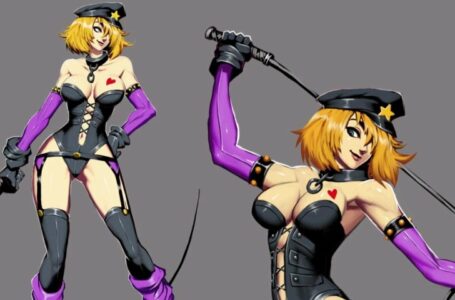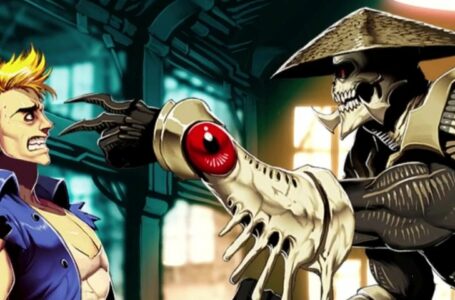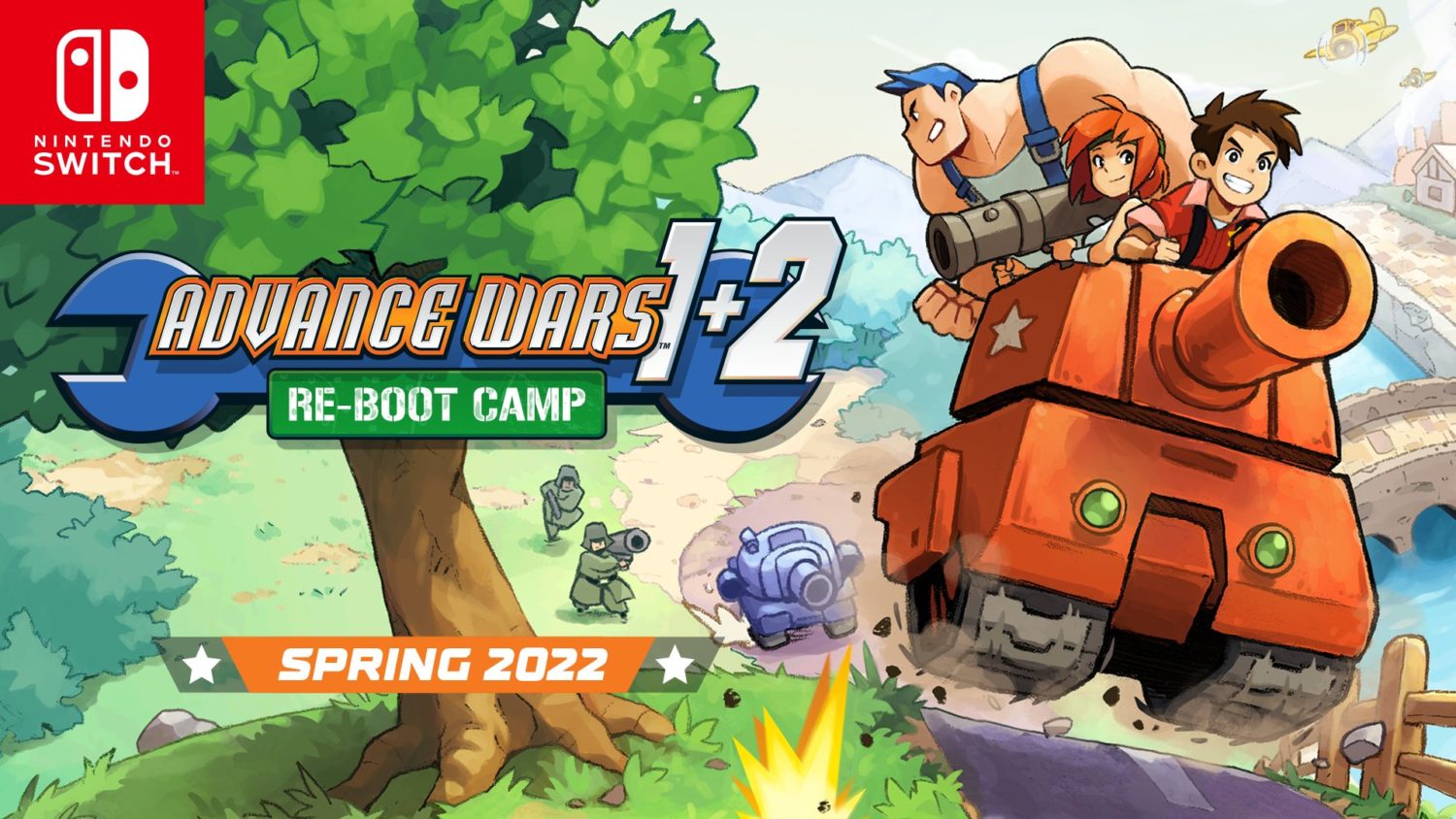Which Shantae game should you play?
The correct answer to this question is, of course, “all of them” — but assuming you’re in a situation where it’s only practical or desirable to pick up one game at a time, you may be wondering about what each of the different games in WayForward’s series of modern classics have to offer.
Never fear, then, for Rice is here to save the day with a helpful guide to each of the Shantae games that are available today, and why you might want to check each of them out. They’re all well worth playing — but they also all each have their own distinct appeal elements, too. So let’s take a closer look!
Shantae
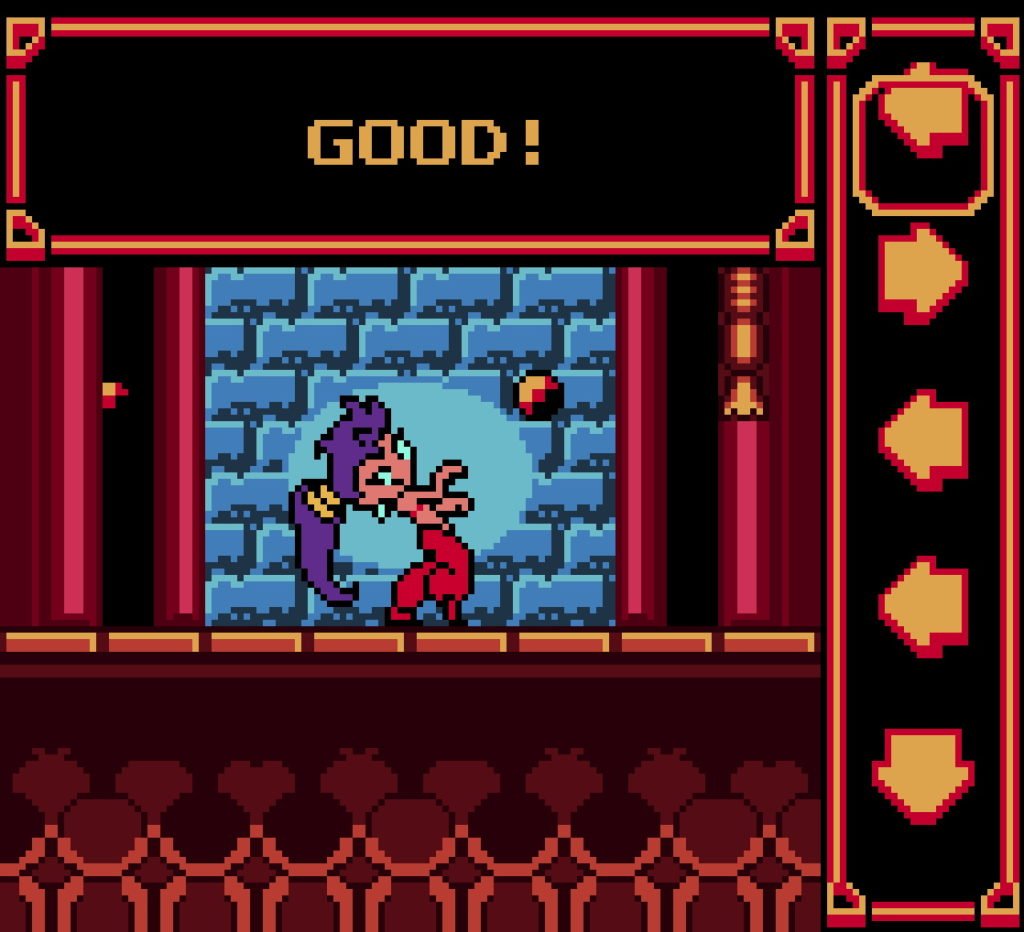
The original Shantae was, until very recently, a pain in the arse to get hold of a copy of. As one of the last Game Boy Colour titles to be released, there weren’t many copies of it out there in the first place — which means that it commands exorbitant prices on the second-hand market.
It did get a digitally downloadable release on Nintendo 3DS a while back on the off-chance you ever delved into that platform’s online storefront, but the most significant rerelease is the new Nintendo Switch version, developed as a collaboration between WayForward, Limited Run Games and retro techie specialist YouTuber Modern Vintage Gamer, who put together a whole new highly optimised emulator for the project.
The original Shantae is a free-roaming, open-structure side-scrolling 2D platformer in which you explore an overworld (split into distinct “regions”, each of which is the size of a typical platform game level), enter towns, explore caves and, perhaps most importantly, delve into dungeons.
As you progress through the game, you’ll learn new transformations that are triggered by performing various dance moves — these are then used to solve puzzles or reach otherwise inaccessible areas.
There’s a definite touch of Metroid and Castlevania about the original Shantae, plus a little of Zelda II as well, but it manages to make itself distinct from each of those experiences with its own sense of personality and unique gameplay.
Shantae is available for Nintendo Switch.
Shantae: Risky’s Revenge
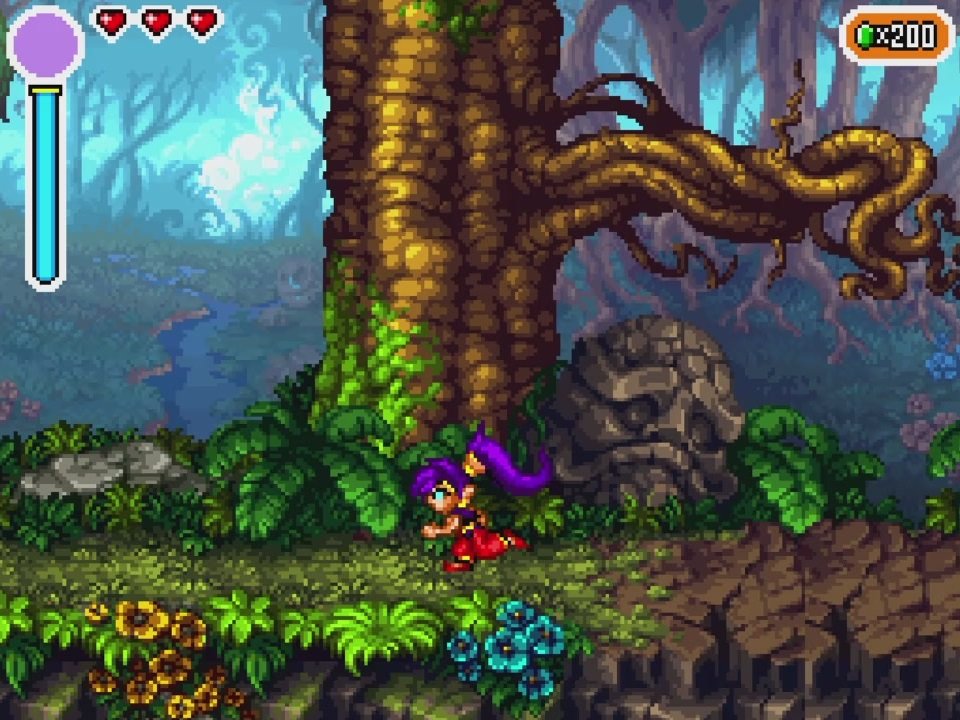
The second Shantae game was originally released as a downloadable DSiWare game for Nintendo’s popular handheld, but it’s subsequently been ported to a wide variety of other platforms including mobile, PC, PS4, Wii U, Nintendo Switch and Xbox One — so if you have some form of modern platform, you can probably play this. Don’t bother with the mobile version, though; playing a game like this with touch controls is a living nightmare.
Shantae: Risky’s Revenge adopts a similar open-structure 2D platformer formula to its predecessor, but supplements this with a look, sound and feel heavily inspired by the 16-bit games of the Amiga and Mega Drive platforms — plus an unusual quasi-3D element where Shantae is able to walk “in” and “out” of the screen in certain areas. This quite literally adds another dimension to exploring the game’s world map, and is used in some interesting and creative ways throughout — though be prepared to spend a little time being confused initially, since the in-game map is deliberately vague!
The more powerful hardware that Shantae: Risky’s Revenge originated on meant that WayForward had a lot more freedom to explore the characterisation of the main cast. Consequently, the writing in Risky’s Revenge is a lot sharper and wittier, and helped to really establish the charming, self-aware tone that the rest of the series has carried forward to this day. It’s a genuinely funny game, with some truly memorable exchanges between characters — and if you choose to enjoy the series as a whole, you’ll find plenty of callbacks to silly situations from this game to raise a smile.
Risky’s Revenge is available for iOS, PC, PS4, Wii U, Nintendo Switch and Xbox One.
Shantae and the Pirate’s Curse
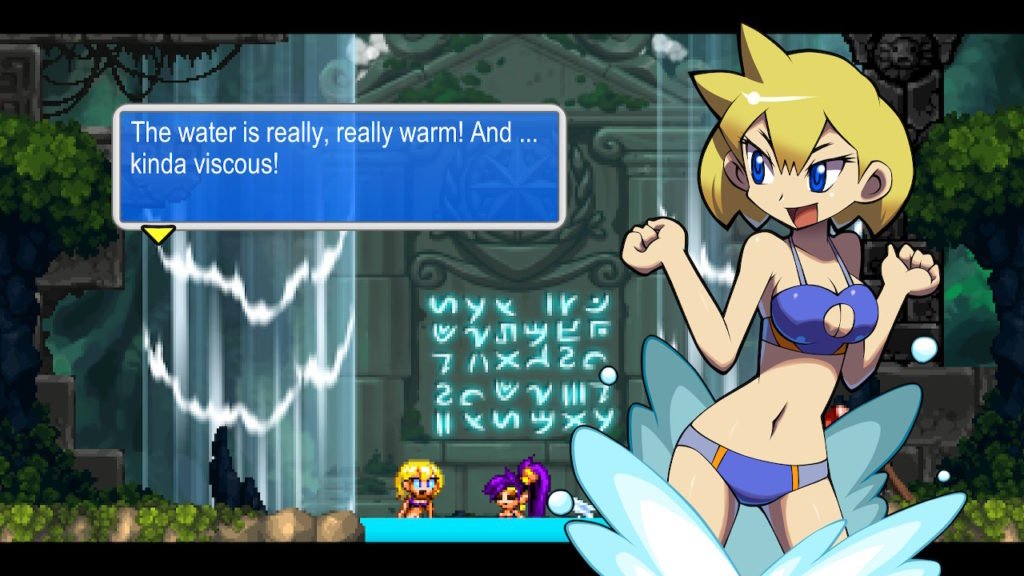
While Shantae: Risky’s Revenge was designed as an homage to the 16-bit era, Shantae and the Pirate’s Curse feels like a lost 32-bit game. Featuring gorgeous pixel art, fantastic music, a sprawling world to explore and plenty of varied, interesting gameplay challenges, this title is a longstanding favourite of many Shantae fans with good reason.
The game’s narrative means that Shantae is without her transformation abilities in this game; instead, she recovers various “pirate treasures” that each furnish her with a helpful special ability. As you might expect, you’ll need to make good use of all of these abilities to solve the game and its many, varied challenges — including both the series’ traditional dungeons and some highly entertaining setpieces.
Rather than featuring a completely contiguous open world, Pirate’s Curse instead splits the action into discrete “islands”, each of which is like a small “world” in its own right. That’s not to say the game is a linear platformer by any means; there’s plenty of going back and exploring previous haunts with new abilities to uncover helpful items and solve puzzles. This island-based structure does allow the game to have plenty of variety in the environments you explore — and it also allows for a satisfying sense of progression as you work your way through the game.
For what it’s worth, this is my personal favourite Shantae game. You can get it for PC, PS4, Wii U, Nintendo Switch and Xbox.
Shantae: 1/2 Genie Hero
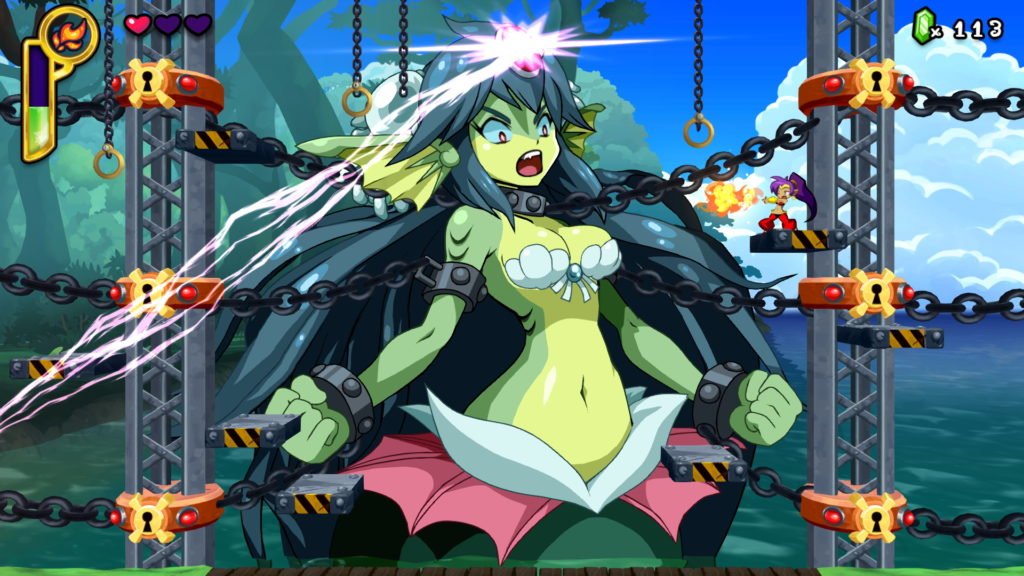
1/2 Genie Hero shakes the series up in several different ways: firstly, it abandons the pixel art aesthetic of the previous games in favour of an art style that looks more like traditional hand-drawn animation, and secondly, it also abandons the open-structure format in favour of a level-based structure — albeit one where you can revisit each level as often as you like, and doing so armed with new abilities is often necessary in order to see everything the game has to offer.
It cannot be overstated how absolutely gorgeous this game looks. The character sprites are packed with personality, the animation is incredible — particularly on the large bosses such as the famous “Mermaid Queen” sequence — and the whole thing is a wonderful reminder of how far 2D platform games have come since the “good old days”.
It’s easy to assume that the level-based structure would dampen the joy of exploration somewhat and to a certain degree it does — though there are still plenty of secrets to track down, many of which you’ll need abilities acquired in later levels to access.
If you have the opportunity, grab the Ultimate Edition of this, since it comes with a variety of additional game modes, each of which take the same levels and make them play very differently thanks to some creative mechanics. There’s even a mode based on WayForward’s excellent Mighty Switch Force puzzle platformers — plus, of course, Shantae in her jammies.
1/2 Genie Hero is available for PC, Wii U, Nintendo Switch, PlayStation 4 and Xbox.
Shantae and the Seven Sirens
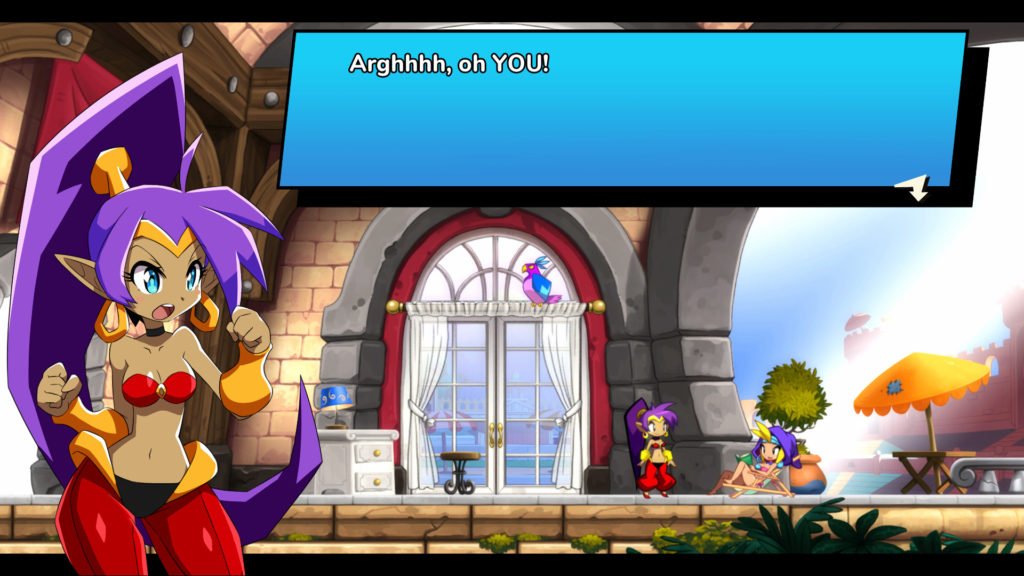
The most recent Shantae title at the time of writing, Shantae and the Seven Sirens returns to the open-structure format and combines it with the delicious hand-drawn look of 1/2 Genie Hero.
Shantae and the Seven Sirens expands on a number of mechanics of the previous games, making a much bigger deal of Shantae’s dancing. Not only can Shantae dance to transform, but now she can also use her dance moves to reveal hidden items, heal plants and perform a variety of other useful functions. Shantae can also supplement her abilities by collecting cards dropped by monsters; these not only add a “collectathon” feature to the game, with 50 of them to track down, but also provide useful passive abilities such as increased movement speed or regenerating magic.
Graphically, Shantae and the Seven Sirens replaces the polygonal backdrops of Half-Genie Hero with traditionally drawn 2D environments. There are also animated and fully voiced cutscenes for the first time in the series — plus an animated introduction by legendary anime studio Trigger. It’s certainly one of the best-looking Shantae games — though public opinion has been a little divided as to whether or not its gameplay stands up to the high points found elsewhere in the series.
Shantae and the Seven Sirens is available for iOS, Apple TV, PC, Mac, PlayStation 4, Nintendo Switch and Xbox.
Join The Discussion
Rice Digital Discord
Rice Digital Twitter
Rice Digital Facebook
Or write us a letter for the Rice Digital Friday Letters Page by clicking here!
Disclosure: Some links in this article may be affiliate links, which means we may earn a small commission if you make a purchase after clicking on them. This is at no additional cost to you and helps support Rice Digital!
- Letter from the Editor: passing the torch - June 30, 2023
- Super Woden GP 2 is looking promising - June 30, 2023
- Inti Creates is making a 32 bit-style Love Live action platformer - June 26, 2023




